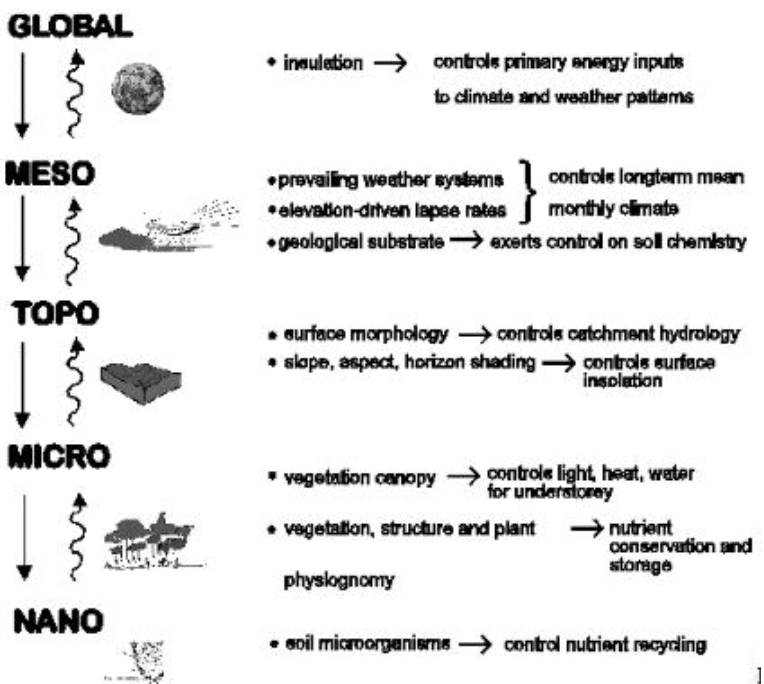 “For years,” wrote the St. Helena (California) Star in 2010, “the state of St. Helena’s water has been a political football.”1 For the small municipality located in California’s wine-rich Napa Valley, water has been at the heart of ongoing community debates about growth between those who support increased housing and commercial development and others concerned about growing traffic and preserving St. Helena’s small town character.
“For years,” wrote the St. Helena (California) Star in 2010, “the state of St. Helena’s water has been a political football.”1 For the small municipality located in California’s wine-rich Napa Valley, water has been at the heart of ongoing community debates about growth between those who support increased housing and commercial development and others concerned about growing traffic and preserving St. Helena’s small town character.
When the City began updating its State-mandated general plan in 2009, Analytica was employed to model water supply and demand, contributing to a broad discussion of water management issues and the City’s approval of new water usage policies.
1 “Report Answers Water Questions,” St. Helena Star [St. Helena, CA], July 8, 2010.
The challenge
Water supply is an ongoing – and ever more pressing – concern for California cities large and small. The city of St. Helena (pop. 5,947) – where agriculture designations make up more than 48% of the land within the City – is no exception. Situated in the wine-rich Napa Valley, it relies primarily on surface water runoff and groundwater sources to supply both municipal and surrounding agricultural water needs.
The water supply is vulnerable to water shortages during periods of sustained low rainfall. However, with no quantitative understanding of how existing and potential water resources respond to climate changes, misperceptions have long inflamed debate between pro- and anti-growth residents. Complicating the situation were uncertainties about the water supply:
Nearby Bell Canyon reservoir, the City’s main water source (~50% of total supply), collects water from a watershed to the northeast and is highly dependent on annual rainfall.
- Water supplied via an expensive contract with the City of Napa (~30% of total) may not be renewed in 2035 at current levels, depending upon Napa’s own water needs at that time.
- Groundwater supplies the remaining 20% of supply. St. Helena is the only municipality in Napa County that uses groundwater, despite the county’s recommendation to preserve this resource for agricultural use.
- Climate change is likely increasing the variability of rainfall.
In 2009, St. Helena began updating it general plan, in which it is required by the state to demonstrate adequate water for any planned growth. To inform the general plan and future water policies, the City Council appointed a commission to assess the City’s water resources and infrastructure.
Why Analytica?
Among those chosen to serve on the new commission was Tim Nieman, a decision analysis consultant with environmental and energy industry expertise – and a St. Helena resident. Nieman had used Analytica to model many complex decisions and believed its transparency and intuitive user interface could facilitate discussion among stakeholders.
“It was easy to describe the structure of the problem using Analytica’s influence diagrams”, said Nieman, “and we were super open with our analysis.” Those on either side of the issue could clearly see how the analysis was performed. “That helped a lot,” said Nieman. “They couldn’t just say, ‘I don’t like the results.’”
Nieman also believed the option to easily and safely alter model dimensions and assumptions in Analytica would increase planning efficiency when compared with traditional, spreadsheet-based models in use by the City, and the ability to quickly run large-scale Monte Carlo simulations would contribute to an expanded understanding of water planning under conditions of uncertainty for City officials and elected leaders used to more static, deterministic models.
The solution
Given the committee would be working in partnership with City officials and its planning would either need to incorporate or refute existing assumptions and analysis, Nieman designed the new model to serve as an extension of City water planning efforts to-date. He easily replicated the deterministic model used by City engineers in Analytica, concisely portraying the factors affecting each of the City’s three water sources using nested modules.
Next, he imported historic precipitation levels and used Analytica’s built-in Monte Carlo analysis to examine probabilistic future rainfall scenarios. Finally, Nieman developed supply scenarios to explore the possible effects of climate change – both decreased and increased rainfall – and to forecast potential water demand based on alternative assumptions about growth, conservation, and the use of recycled water.

For more information on how the city of St Helena, California is managing water resources and regulations.
Author
Tim Neiman

He spent 14 years at Amoco as a geophysicist, economist, and decision analyst, 3 years with Lumina Decision Systems as Director of Operations, and the past 12 years as a consulting decision analyst.





